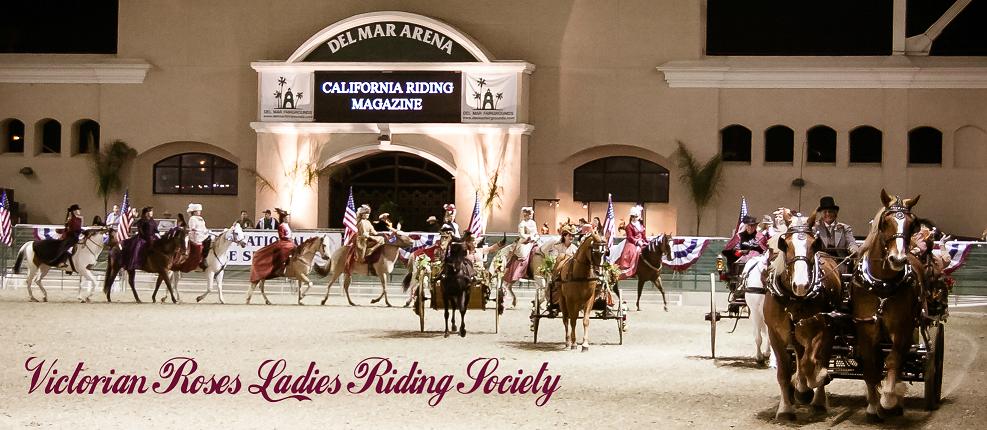The tradition of using calling cards began in England, and they were considered an important part of introductions, invitations and visits.

During the nineteenth and early twentieth centuries, Americans followed the English tradition of calling cards.

These cards were used when calling on friends, relatives and business acquaintances. This was
considered proper etiquette for men and women in the middle and upper classes, in order to help them screen those who were socially undesirable.

Most gentlemen and women kept a handy supply of calling cards with them to distribute during visits. These cards were often very simple in design, giving the caller's name and often including the name or logo of his or her favorite interest or organization.

There were many rules and traditions that went along with the use of these cards. At the simplest: When calling upon a friend you would give your card to the servant who answered the door. The servant would be holding a silver tray, and the card would be placed upon it.
If the person one was calling on was at home, the servant would take the card to her, and she would come meet you. If the person being called upon was not at home, the servant would leave the card for when he or she returned.

Generally, at a caller's first visit to a home, he or she would simple leave a card and then depart. If the new acquaintance wished to participate in a formal visit, she would send a card in return. If no card was sent, or if the card was sent in an envelope, this was a sign that the new acquaintance did not prefer a personal visit.

This Brougham Sleigh held the above calling card holder. It is part of the Skyline Farm Carriage and Sleigh Museum, located in North Yarmouth, Maine. You can read about the museum at their website http://www.skylinefarm.org/














































